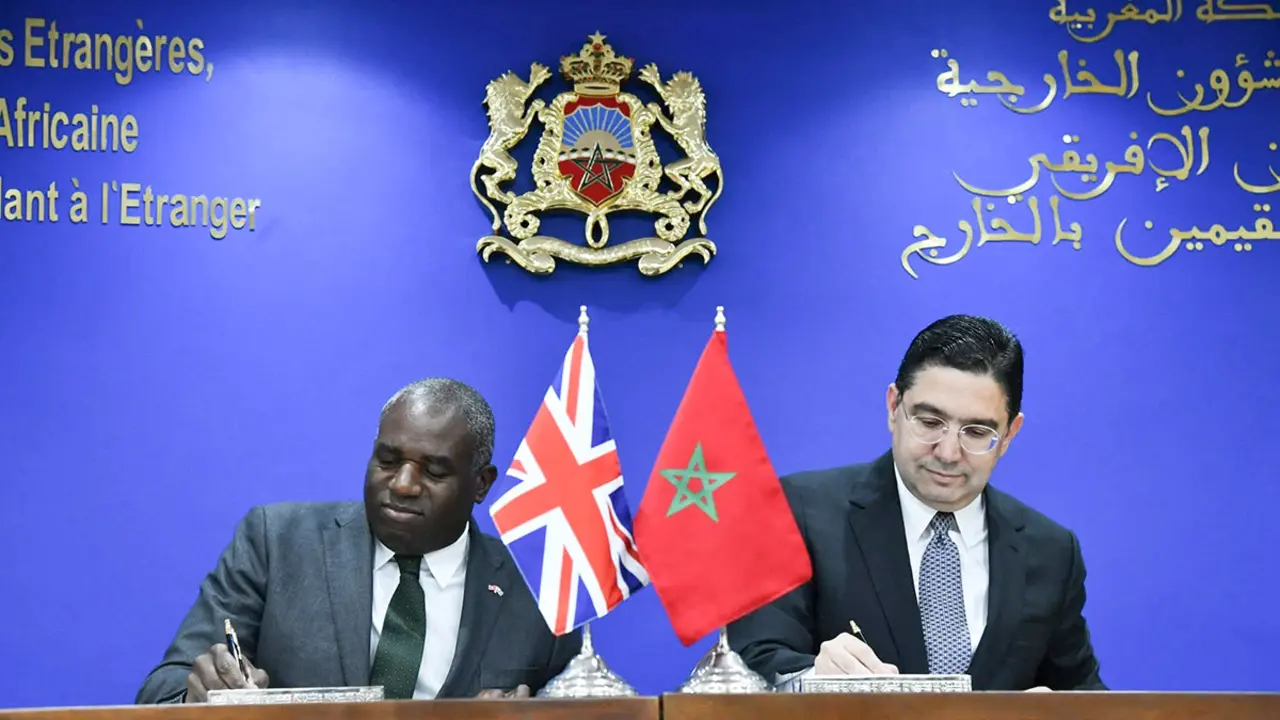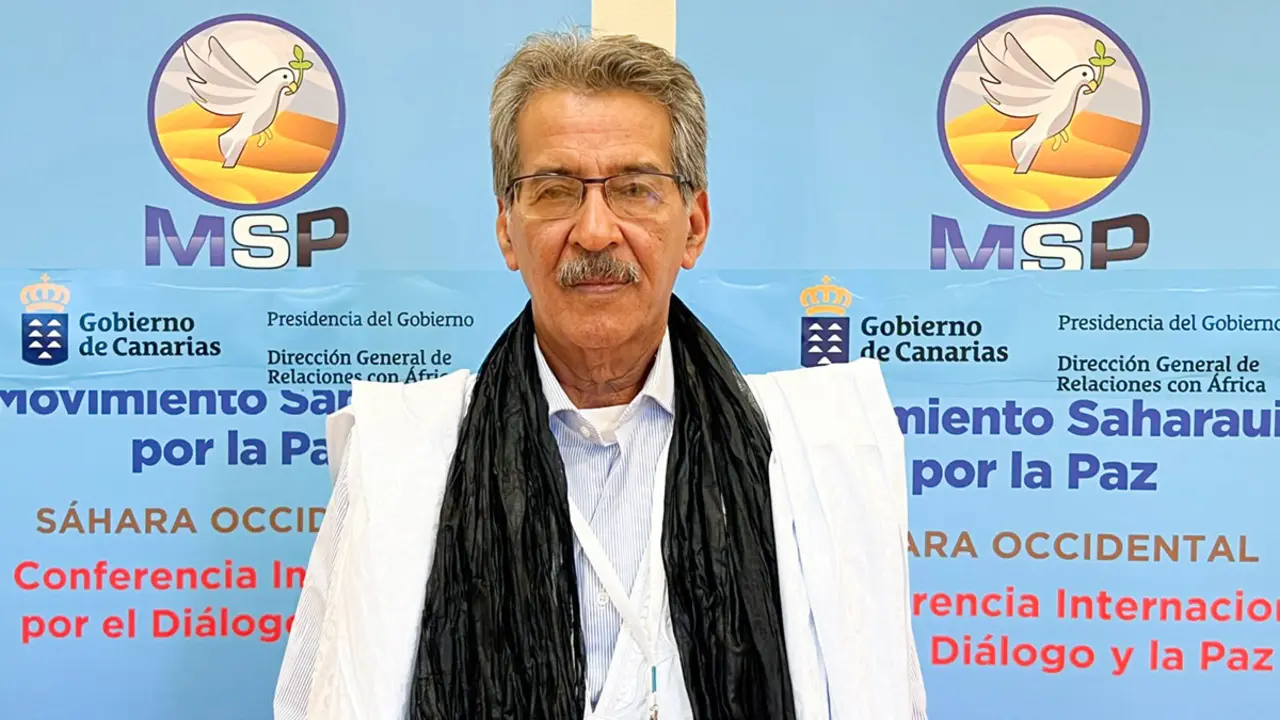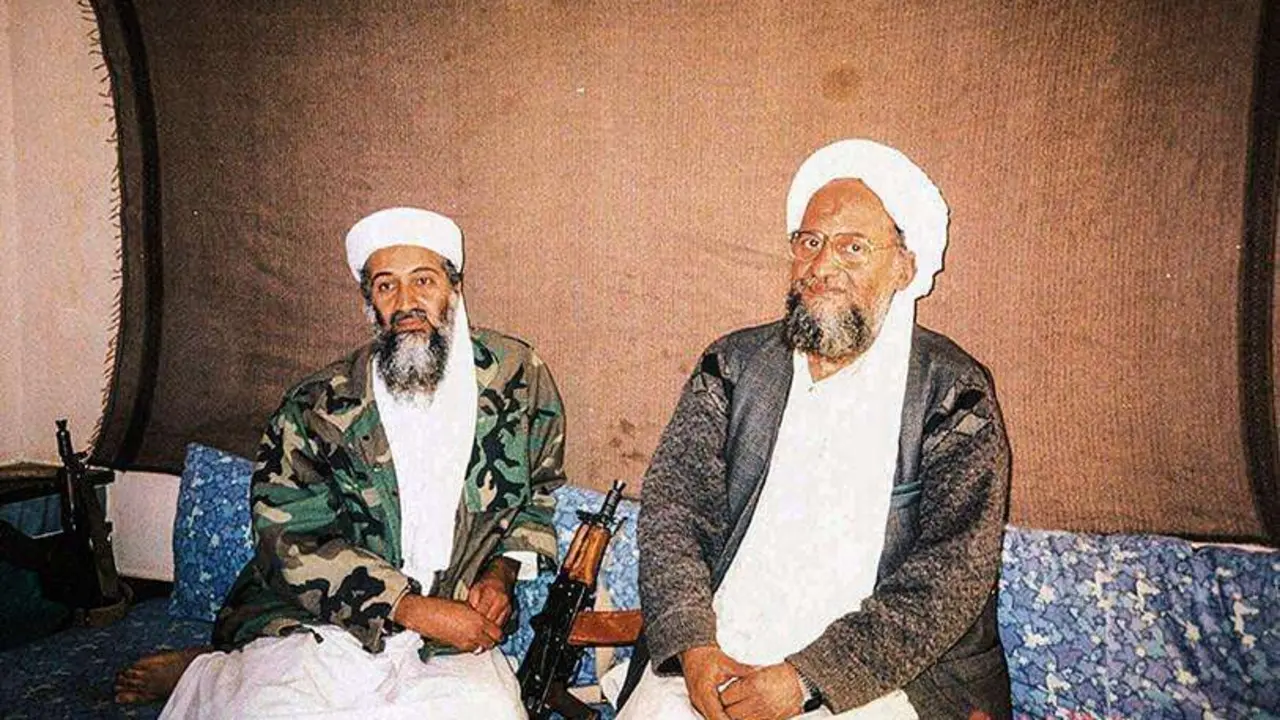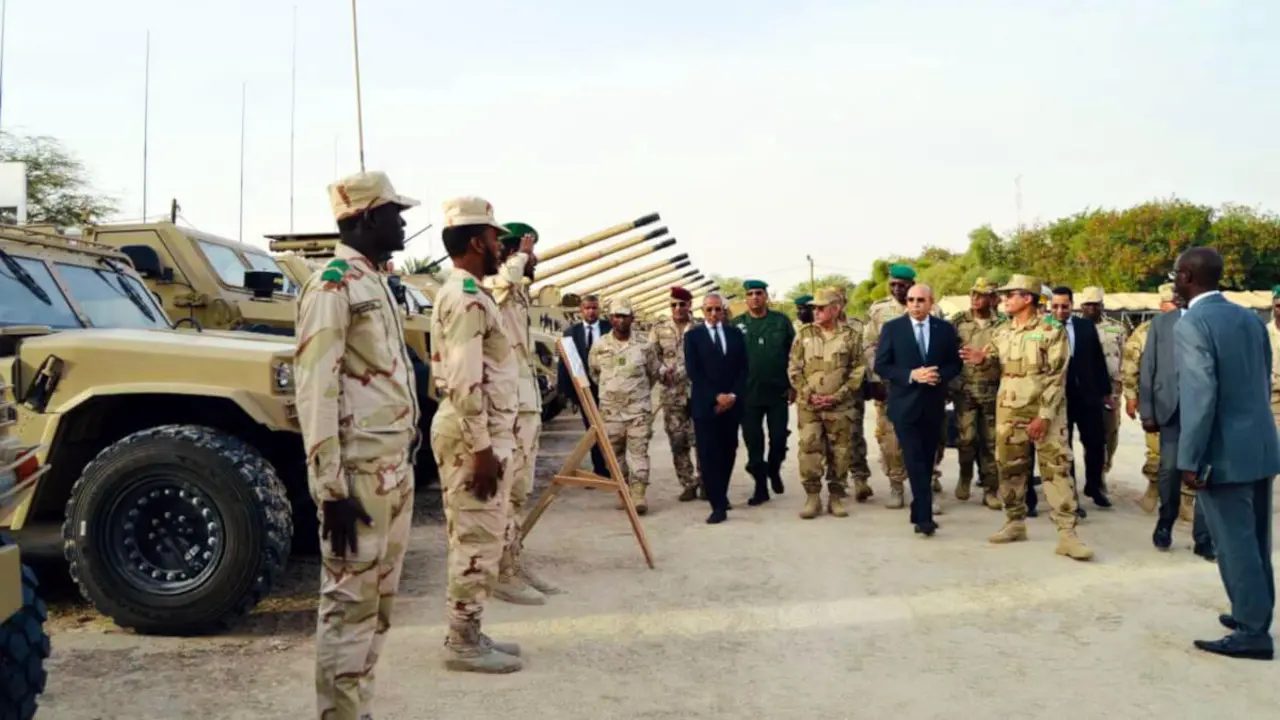Turkey shows military muscle in Syria with the shipment of 35 new military vehicles

A new military column of at least 35 vehicles from Turkey has crossed into Syrian territory, through the Kafr Lusin crossing at the Iskenderun border, according to the Syrian Observatory for Human Rights (SOHR), which claims that Ankara has sent more than 3,000 military vehicles to this region in the last 60 days. The London-based organization and a network of informants on Syrian soil have indicated that this military column of Turkish vehicles was headed for the so-called "de-escalation zone" around Idlib.
The Government of Recep Tayyip Erdogan has allowed more than thousands of trucks and military vehicles to enter Syrian soil since 2 March. Beyond military equipment, the number of troops sent by Turkey to deal with the successive counter-offensives launched by the Syrian Arab Army in Bachar al-Asad has also increased over the past few weeks. Thus, the SOHR has noted that, since the beginning of March, the number of Turkish soldiers deployed in Idlib and Aleppo has exceeded 10,300. In total, since then, SOHR activists have recorded the entry of more than 6,420 trucks and military vehicles into Syrian territory, including tanks, personnel carriers, armoured vehicles and military radars.

So far in 2020, Turkey has sent military material to this region on several occasions. However, in 2019, the country's military expenditure increased to 20.4 billion dollars, 5.8% more than the previous year and 86% more than in 2010, according to a report published by the Stockholm International Peace Research Institute (SIPRI) on 27 April, to which the Duvar English newspaper had access. This increase has placed Turkey in the sixteenth position in the ranking of military expenses elaborated by this organization.
In the meantime, the Turkish leader has assured this Monday that he will no longer tolerate terrorist harassment or attacks that break the agreements in the province of Idlib. Erdogan made these statements in a televised speech after a meeting with his cabinet in Istanbul. The Turkish president warned that the Turkish armed forces "will closely monitor every step of the members of the terrorist group operating in a wide area of northern Iraq and Syria," according to the Turkish news agency Anadolu. "We invite the countries that have influence in the region to comply with our permanent agreements, to keep the terrorist group outside the determined borders and to avoid the regime's attacks," Erdogan insisted.

This show of military muscle has coincided with a series of ceasefire violations on Syrian territory in recent hours. The Syrian Human Rights Observatory has reported a series of attacks by Turkish forces in the areas controlled by the Syrian Democratic Forces (SDF) and the regime's militias in the village of Dardarah and other locations between Abu Rasin (Zarkan) and Tal Tamr. At the same time, the Syrian news agency SANA has explained that Turkish militias have shelled several villages in the north-west of Hasakeh province, 866 km north-east of the capital Damascus, with artillery.
In addition, the Syrian air defense has said it has frustrated an Israeli attack on a research center and military base in the northern province of Aleppo, according to the SANA news agency. This attack would be the fifth of its kind in the last two weeks, targeting alleged Iranian targets. The country led by Reuven Rivlin considers the fact that Iran supports Al-Asad a threat to its security. Therefore, the attacks carried out by Israel on Syrian soil have become a constant since the beginning of the Syrian civil war in 2011.

In addition, a series of unidentified assailants kidnapped and killed at least nine police officers in southern Syria on Monday, according to the Daily Sabah newspaper. "Unknown assailants attacked the municipal building... abducting nine members of the security forces before shooting them and leaving their bodies in a square," the Syrian Observatory for Human Rights added.

In this spiral of atrocities, Human Rights Watch (HRW) has published a report claiming that Daesh used a gorge in northeast Syria as a mass grave for the bodies of those he had abducted or detained. Daesh controlled the territory around al-Hota Gorge - 85 kilometers north of the city of Raqq - from 2013 to 2015. During this period of time and since then, several organizations have found more than 20 mass graves throughout the region. "Al-Hota Gorge, once a beautiful natural site, has become a place of horror," lamented HRW researcher Sara Kayyali. "Exposing what happened there, and in the other mass graves in Syria, is crucial to determine what happened to the thousands of people ISIS executed and to hold their killers accountable," she added.

At this time, as HRW has stated, the area around the al-Hota mass grave is controlled by rebel militias that are backed by Turkey. In any case, the institution has urged the warring parties to "preserve the site, identify the missing and investigate their deaths. "Any authority that controls the al-Hota area is obliged to protect and preserve the site," Kayyali insisted. "They must facilitate the collection of evidence to hold Daesh members responsible for their horrible crimes," she concluded. Since the beginning of the civil war, at least 400,000 people have lost their lives and another 11 million have been forced to become displaced persons or refugees.








